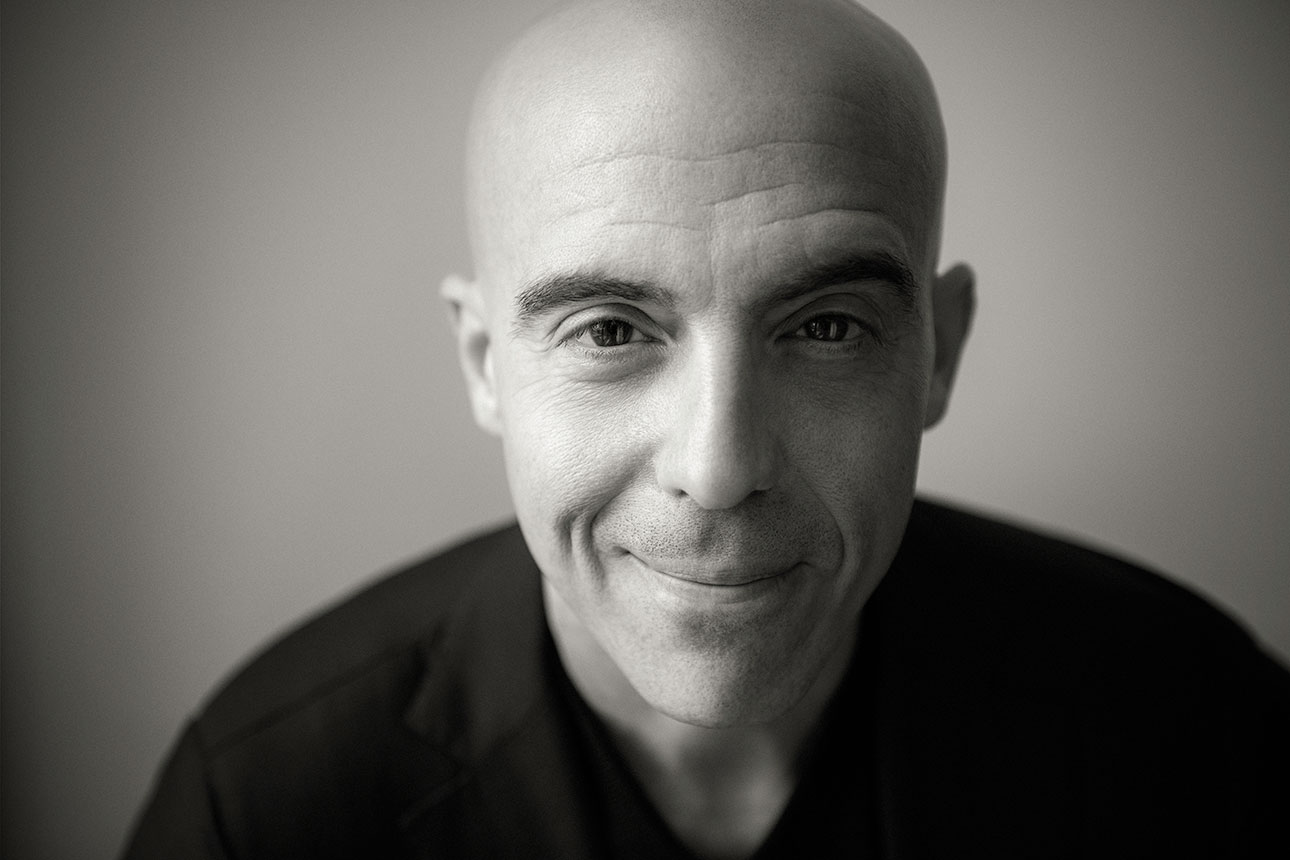Can We Amplify the Good and Contain the Bad of Social Media?
If there is a path for tilting social platforms toward a force for positive outcomes, it begins by understanding the phenomena that drive “the hype machine.”
Topics

Sinan Aral is the David Austin Professor of Management at MIT.
In his new book, The Hype Machine (Currency, 2020), MIT Sloan professor Sinan Aral takes on the greatest communications force of our lifetime: social media. Aral, who directs the MIT Initiative on the Digital Economy, provides an insightful and level-headed analysis of the power, peril, and potential of Twitter, Facebook, Instagram, and other social platforms for both organizations and society. The work is the result of some two decades of research he has dedicated to social media. He spoke with MIT Sloan Management Review’s editor in chief, Paul Michelman, about the dual-edge sword of what he terms “the hype machine.” What follows is an edited version of their conversation.
MIT Sloan Management Review: Is there an approach to social media marketing in which we can exploit the power of the media without exploiting the people who are using it?
Sinan Aral: Yes, I think absolutely. The interesting thing about marketing is that it is a technology like any other. When we think about marketing to promote voting or to stop dirty-needle sharing or to get people to socially distance or wear masks during the coronavirus pandemic, we don’t think of it as manipulative or in some way malign. We think of it as persuasion to promote positive behaviors.
Marketing is a tool that can be used for good and evil. And that is part of the message of the book. This tool, the hype machine, the social media industrial complex, is powerful. It’s used for election interference, and it’s used to market the use of condoms or to prevent the spread of disease. And so the point of the book is that we can achieve the promise and avoid the peril, and the book tries to explain how we can do that.
What are some of the most important principles that differentiate using social media for good, or at least neutral, purposes versus using it for nefarious purposes?
Aral: The devil is in the details of what you are using it for.
